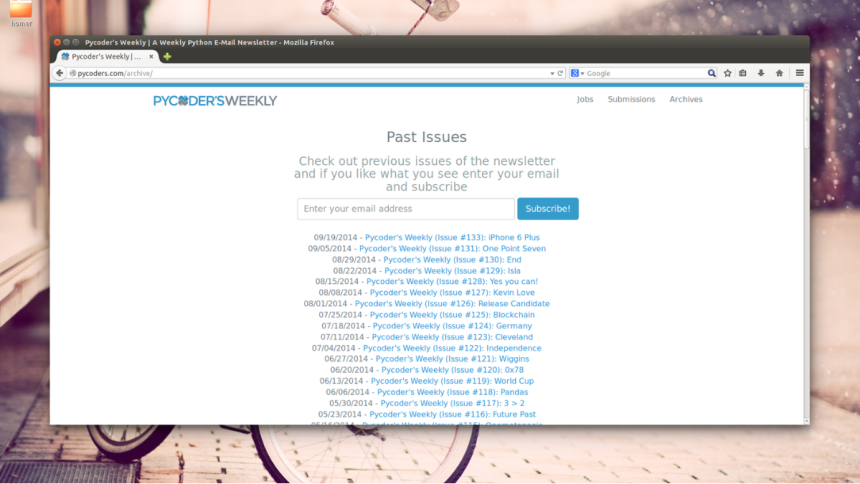Modern web scraping is no longer a matter of sending a simple HTTP request and parsing the response. The web has evolved, and so have the defenses and technologies powering it. JavaScript-heavy websites are now the norm, not the exception—and they’re quietly breaking traditional scraping infrastructure in ways most developers don’t notice until it’s too late.
Static Requests Are No Longer Enough
More than 94% of websites today use JavaScript to some degree to dynamically render content (source: W3Techs). For data scrapers relying on static HTML responses, this presents a silent problem. Pages may load structure, branding, and navigation in the source HTML, but critical content—such as product listings, user-generated reviews, or pricing data—is injected asynchronously via JavaScript after the initial load.
Many scraping operations still operate under the assumption that a well-formed HTML request will return what a browser sees. That’s a costly mistake.
In a case study conducted by Zyte (formerly Scrapy Cloud), a retail scraping operation missed over 37% of SKU entries because it didn’t account for JavaScript rendering differences across product categories. The scrapers reported “200 OK” and valid page structures—while delivering incomplete or outdated data to stakeholders for weeks.
Headless Browsers Are Necessary, but Not a Silver Bullet
Headless browsers like Puppeteer, Playwright, and Selenium are widely used to render JavaScript-based pages accurately. But implementing them at scale comes with real tradeoffs: resource consumption, session stability, and fingerprinting risk.
A single headless instance running in a Docker container may consume between 300–500MB of memory. When scaling to hundreds or thousands of concurrent sessions, costs balloon. More importantly, sites are getting smarter about detecting headless environments. Even minor inconsistencies in browser fingerprinting—such as unusual WebGL renderer outputs or missing device sensors—can lead to silent blocks or throttling.
In a benchmark test by Apify Labs, headless browser scrapers had a 28% higher block rate on e-commerce sites compared to human-driven sessions, even when using residential IPs.
The Role of IP Geography in JS-Based Sites
JavaScript-rendered content often personalizes based on location, even before a full login or interaction. Scraping from the wrong IP location can lead to mismatched currencies, product availability, or missing content due to region-based content blocks.
For example, scraping job listings or insurance data from the U.S. while using European exit nodes can result in entirely different page structures—or empty results altogether due to compliance mechanisms like CCPA or state-level regulations.
That’s why many scraping setups now rely on proxies located in the USA for workflows targeting U.S. domains. These IPs help mimic real-user conditions and avoid geolocation mismatches that silently degrade data quality.
Error Monitoring: It’s Not Just About 404s and 403s
Many scraping teams use status codes as health checks. But in the age of JS-heavy content and edge-rendered responses, getting a 200 OK means nothing if the payload is dynamically empty or offloaded to client-side scripts.
Real observability in scraping means inspecting rendered DOM elements, measuring content parity, and flagging anomalies when sections of a page fail to load fully. Some advanced teams even deploy control scrapers to compare snapshots against expected layouts using visual diff tools.
The cost of ignoring these practices? In one fintech scraping operation, a single broken script affecting credit card rate data went unnoticed for 11 days—until a partner flagged mismatched APRs.
Takeaway: Scraping in the Modern Web Isn’t Plug-and-Play
Scraping JavaScript-rendered sites requires more than technical competence—it demands constant adaptation, rigorous quality control, and infrastructure awareness. From proxy geolocation to session fingerprinting and visual validation, success depends on how closely your setup mimics actual users—and how fast you detect deviations.
It’s no longer about “can you scrape it?” but “can you trust the data you scraped?”
Lynn Martelli is an editor at Readability. She received her MFA in Creative Writing from Antioch University and has worked as an editor for over 10 years. Lynn has edited a wide variety of books, including fiction, non-fiction, memoirs, and more. In her free time, Lynn enjoys reading, writing, and spending time with her family and friends.















